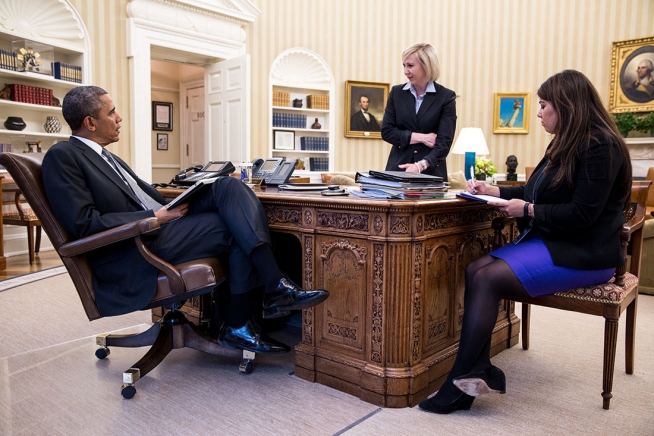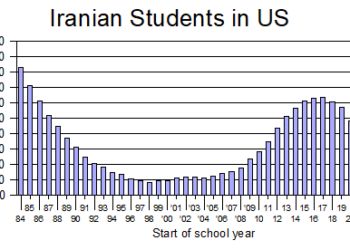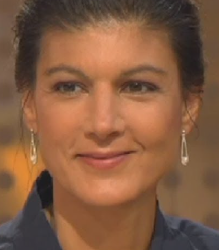
The International Monetary Fund (IMF) says Iran’s subsidy reform that was started in 2010 has been only “partially successful” and still hurts the poor.
The IMF issued an analysis of subsidy use around the world. Its main point was that subsidies primarily benefit the rich rather than the poor who they are supposed to benefit.
The study analyzed efforts to reform subsidies around the world, such as Iran’s 2010 program that killed some subsidies and paid cash welfare instead.
Of 18 countries trying to reform fuel subsidies, the IMF said only three succeeded (Jordan, Mauritania and Poland), while one (Bolivia) failed and the other eight were partially successful (Iran, Brazil, Ghana, Indonesia, Nigeria, Senegal, Syria and Yemen).
Of six that pursued reform of food subsidies, Mexico, Morocco, Tunis and Yemen succeeded, while Iran and Jordan were only partially successful.
The study said that subsidies are primarily a Middle Eastern phenomenon. It said 48 percent of all subsidies in the world are in the countries of the Middle East and North Africa, the region ranging from Afghanistan to Morocco.
Most subsidies are expended on energy and food. The IMF said, “Middle- and high-income groups receive the largest share from energy subsidies, partly because of higher consumption levels and the higher rates of car ownership and connection to the national electricity grid…. Food subsidies are somewhat better targeted than fuel subsidies…. Still, food subsidies are generally not better targeted than a uniform cash handout to the entire population.”
In 2010, Iran started its shift from subsidies to cash handouts. This year, the government reduced subsidies a bit more. But food and fuel remain substantially subsidized even today.
The IMF study was based on the subsidy changes made in 2010 under the Ahmadi-nejad Administration and before the changes just made a few months ago by the Rohani Administration.
The IMF report said that with regard to the bread subsidy, the poorest 40 percent of Iran’s population got about 38 percent of the subsidy. In other words, the poor lost, but only marginally. The report said that in Jordan and Lebanon, however, the poorest 40 percent of the people got almost 50 percent of the benefit of the bread subsidy, showing that the subsidy can be structured to benefit the poor.
The gasoline subsidy is the one economists normally assail as the most unfair. Here are the numbers from the IMF showing what percentage of the subsidy goes to each quintile (20 percent) of the population of Iran.
Poorest fifth 8%
Next to bottom 11%
Middle fifth 16%
Next to top 24%
Top fifth 41%
In other words, the bottom 60 percent loses from the gasoline subsidy in effect after 2010. It would have been even worse before that.
But Iran looks good compared to some others. Here is now the gasoline subsidy is distributed in Egypt.
Poorest fifth 1%
Next to bottom 2%
Middle fifth 4%
Next to top 7%
Top fifth 86%
In Egypt, the top 20 percent of the population is benefiting tremendously from a subsidy that is billed as a benefit for the poor.
The bread subsidy is almost equally distributed among quintiles in Iran. But Jordan has a bread subsidy that actually benefits the poor. Here are the numbers.
Iran Jord
Poorest 19% 25%
Next 20% 22%
Middle 20% 20%
Next 20% 18%
Top 21% 15%
The IMF says the huge sums devoted to subsidies are effectively taking money away from other programs. In 2011, after the Ahmadi-nejad reform, Iran spent 12.5 percent of its GNP on subsidies but only 4.5 percent on education and on capital spending and a little over 2 percent on health. In other words, Iran spent more on subsidies than on health, education and capital spending combined.
That was not true in other Middle East countries with subsidy programs. The IMF charted 11 countries and Iran was the only one where subsidies were larger than allocations for health, education and capital spending combined. The other 10 are, in descending order of the size of their subsidy programs: Iraq, Algeria, Saudi Arabia, Libya, Bahrain, Kuwait, Yemen, Oman, UAE and Qatar.
The IMF had nothing good to say about subsidies.
It said energy subsidies mean that gas and electricity companies are starved for cash and therefore do not invest in improving service.
Subsidized food leads to waste, with a common problem in many countries where bread is cheaper than animal feed and so is used as animal feed.
Fuel subsidies also lead to waste—the kind of waste that adds to air pollution. The Middle East and North Africa region, the IMF noted, is the second largest producer of carbon dioxide emissions per capita.
Cheap food and fuel in one country encourages smuggling to neighboring countries that don’t have such subsidies, meaning that the countries with subsidies are subsidizing foreigners and smugglers rather than their own poor.



















